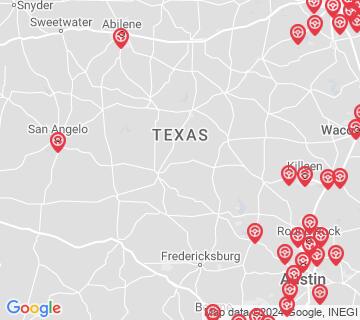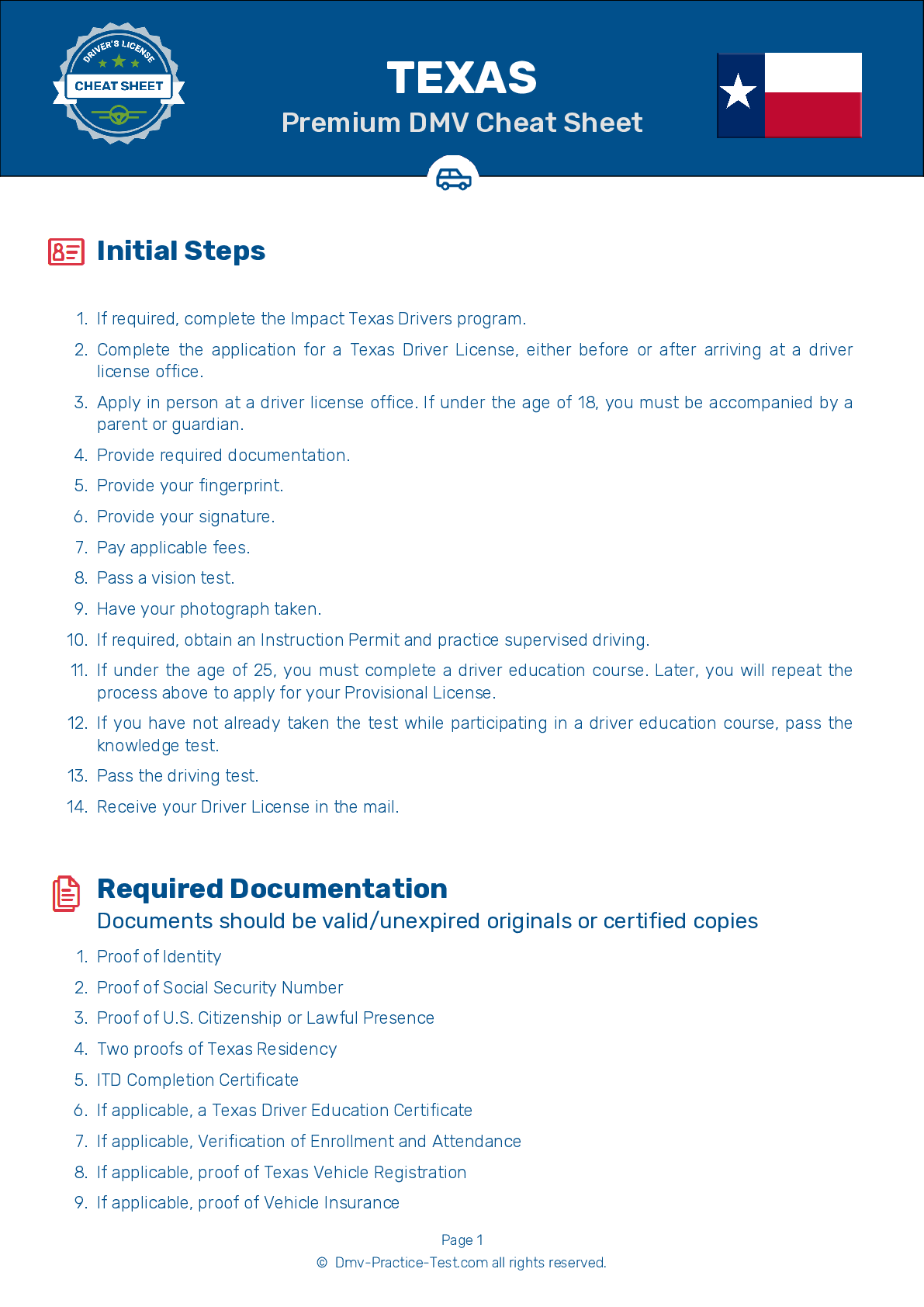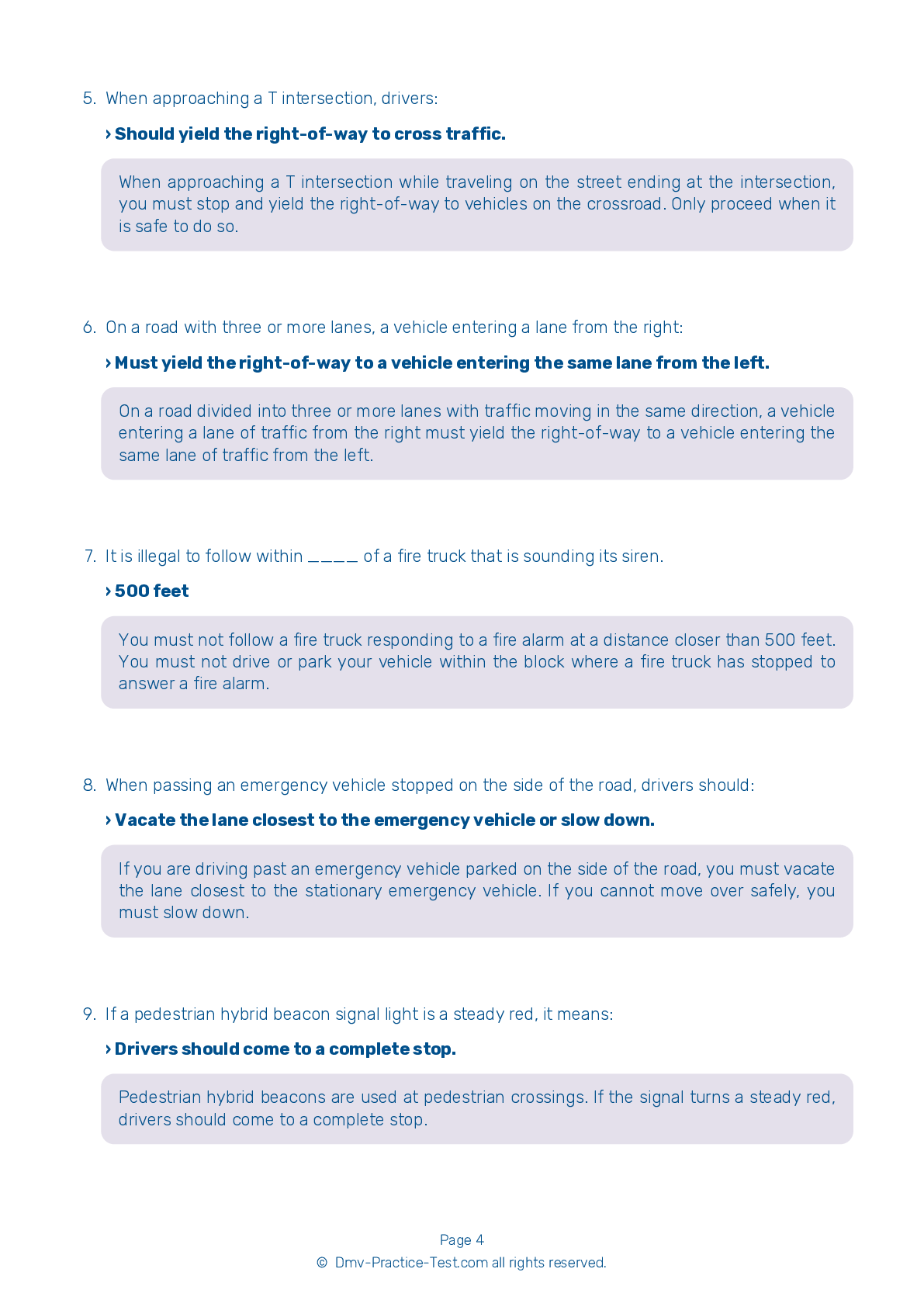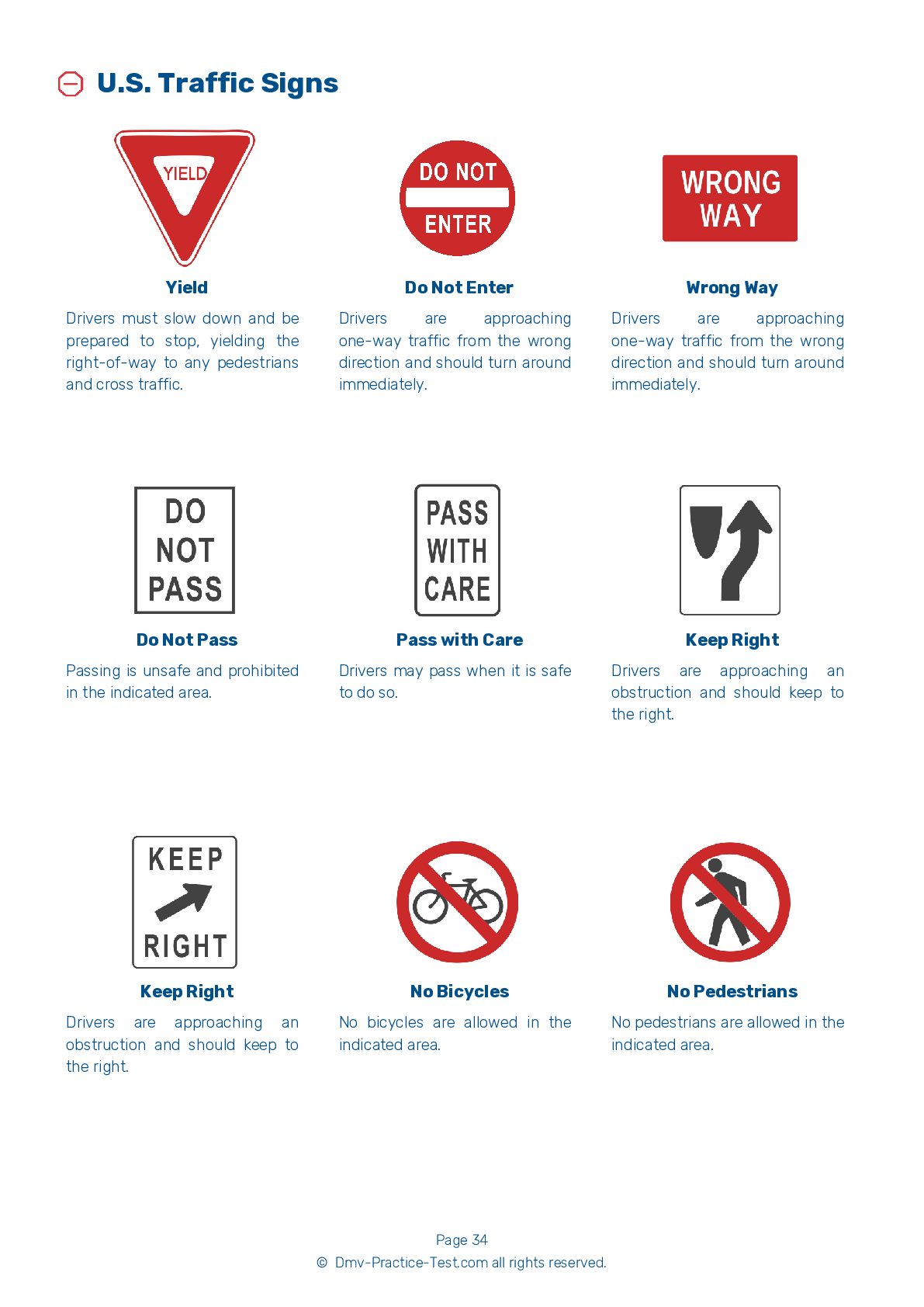FREE Texas DMV Practice Test #17 Page 4 of 5
For January 2025, the Texas DMV practise exams have been revised. It comprises questions based on the most important traffic signals and laws for 2025 from the Texas Driver Handbook. To study for the DMV driving permit test and driver's licence exam, use actual questions that are very similar (often identical!) to the DMV driving permit test and driver's licence exam.
Each question on the practise exam has a tip and explanation to help you recall the ideas. Questions about traffic rules, traffic signs, and driving statutes, as well as knowledge from the Driver Handbook, will be included in the written portion of the official Texas DMV test.
You must properly answer 21 of the 30 questions to receive a passing mark. Use the Texas Department of Motor Vehicles' practise exam to help you prepare for your instruction permit or driver's licence.
The DMV exam is offered in a variety of languages.
Using any form of testing help will result in an automatic fail, and the DMV may take further action against your driver's licence, so avoid it.
19 . If a pedestrian hybrid beacon signal light is flashing yellow, it means:
Pedestrian hybrid beacons are used at pedestrian crossings. If the signal is flashing yellow, drivers should slow down and be prepared to stop.
20 . A driver entering public traffic from a driveway or private road:
If you are entering traffic from a driveway or private road, you should yield to drivers already on the public road. Merge safely into traffic when you are able to do so.
21 . At dusk or on overcast days, you should:
At dusk or on overcast days, you must turn on your headlights. Dim your lights to their low beam setting when within 1,000 feet of an approaching vehicle and when within 500 feet of a vehicle that you are following. When driving in poor weather, always use your low beams.
22 . A yellow and black diamond-shaped sign:





